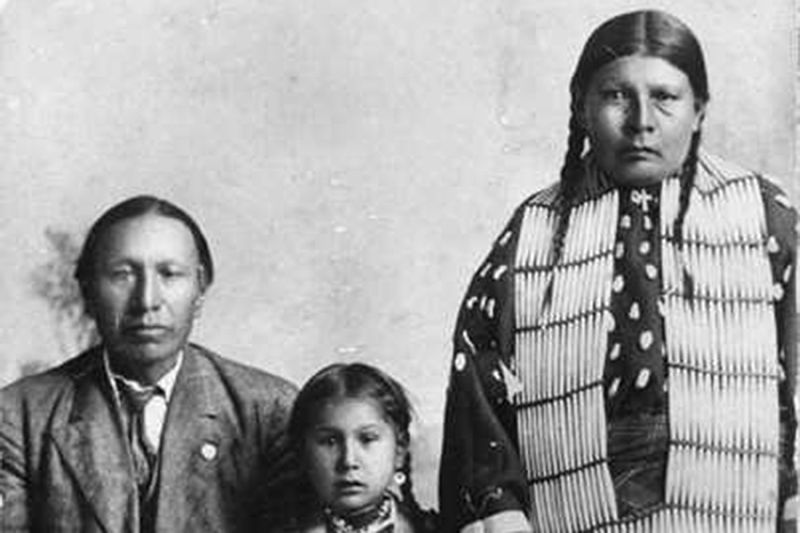- Feb 5, 2002
- 166,616
- 56,251
- Country
- United States
- Faith
- Catholic
- Marital Status
- Married
- Politics
- US-Others
Nicholas Black Elk, an Oglala Lakota Sioux warrior, visionary, and Catholic catechist, is known worldwide but has been misunderstood for decades, according to two Jesuit priests who have emphasized Black Elk’s enduring Catholic faith as his canonization process unfolds.
First published in 1932, the book “Black Elk Speaks” became especially popular in the 1960s counterculture when many Americans and Europeans were searching for spirituality distinct from Christianity. The acclaimed book is based on conversations the Sioux holy man had with Nebraska poet John Neihardt. Black Elk (1865–1950) spoke in Lakota and was translated by his son, Ben Black Elk, whose words were recorded in shorthand. The book has appeared in several editions for decades to acclaim.
However, it has been criticized by the Lakota as well as by scholars.
Indiana University professor Raymond DeMaille, for example, questioned Neihardt’s faithfulness to Black Elk’s words. Later, Nebraska University Press addressed the controversy by publishing an edition titled “Black Elk Speaks: as told through John G. Neihardt (aka ‘Flaming Rainbow’).”
Father Michael Steltenkamp, SJ, an anthropologist and parish priest, has written several books and journal articles about Black Elk and has prepared biographical materials for the canonization process. For Steltenkamp, Nicholas Black Elk is a model for American Catholics.
Steltenkamp told CNA that “Black Elk Speaks” really only chronicled the first 25 years or so of Black Elk’s long, momentous life. Referring to its author, Steltenkamp said: “Neihardt reports that Black Elk was born in the Moon of the Topping Trees (December). In fact, Black Elk was born in the summertime, but he used Dec. 6 as his birthdate because that was the day he was baptized” in 1904.
Continued below.

 www.catholicworldreport.com
www.catholicworldreport.com
First published in 1932, the book “Black Elk Speaks” became especially popular in the 1960s counterculture when many Americans and Europeans were searching for spirituality distinct from Christianity. The acclaimed book is based on conversations the Sioux holy man had with Nebraska poet John Neihardt. Black Elk (1865–1950) spoke in Lakota and was translated by his son, Ben Black Elk, whose words were recorded in shorthand. The book has appeared in several editions for decades to acclaim.
However, it has been criticized by the Lakota as well as by scholars.
Indiana University professor Raymond DeMaille, for example, questioned Neihardt’s faithfulness to Black Elk’s words. Later, Nebraska University Press addressed the controversy by publishing an edition titled “Black Elk Speaks: as told through John G. Neihardt (aka ‘Flaming Rainbow’).”
Father Michael Steltenkamp, SJ, an anthropologist and parish priest, has written several books and journal articles about Black Elk and has prepared biographical materials for the canonization process. For Steltenkamp, Nicholas Black Elk is a model for American Catholics.
Steltenkamp told CNA that “Black Elk Speaks” really only chronicled the first 25 years or so of Black Elk’s long, momentous life. Referring to its author, Steltenkamp said: “Neihardt reports that Black Elk was born in the Moon of the Topping Trees (December). In fact, Black Elk was born in the summertime, but he used Dec. 6 as his birthdate because that was the day he was baptized” in 1904.
Continued below.

The hidden life of Nicholas Black Elk revealed in canonization process
Black Elk, daughter Lucy Black Elk and wife Anna Brings White. / Credit: Public Domain Detroit, Mich., Dec 10, 2023 / 07:00 am (CNA). Nicholas Black Elk, an Oglala Lakota Sioux warrior, visionary, and Catholic catechist, is known worldwide but ...
